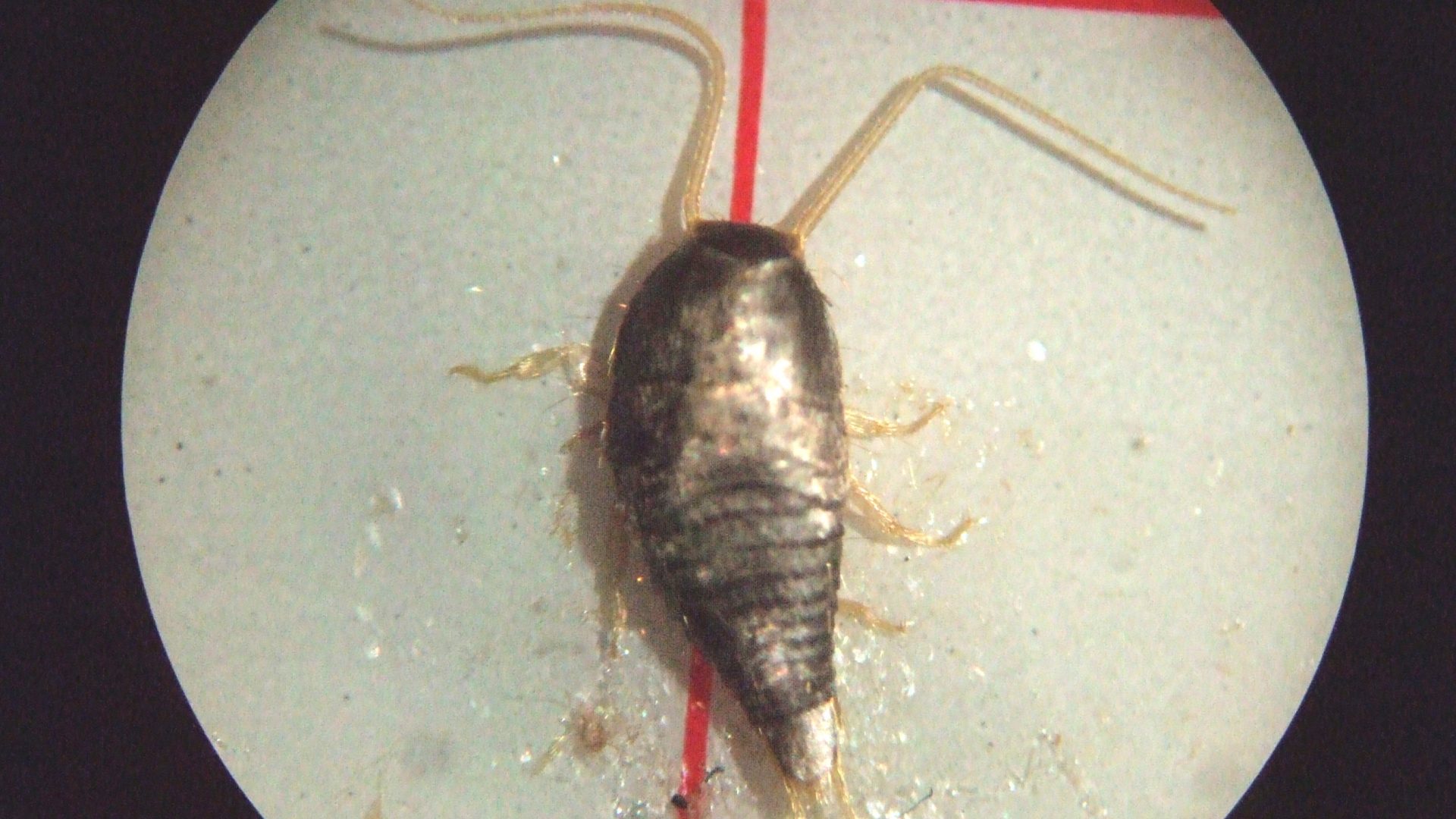
Conservation
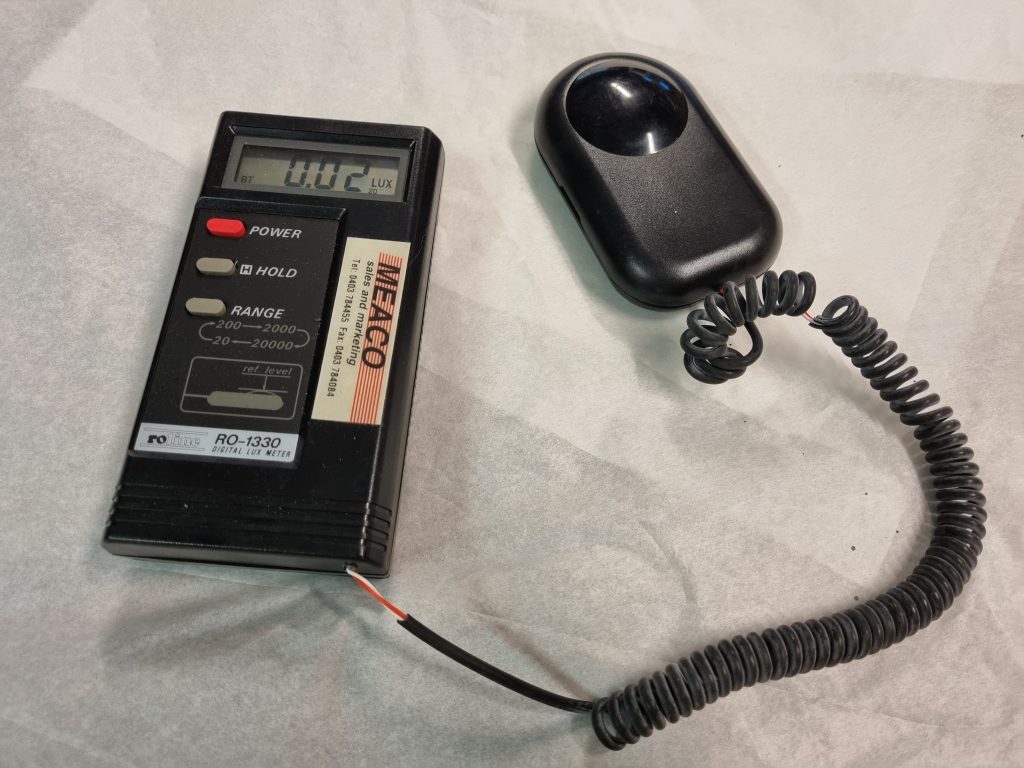
Here at the National Coal Mining Museum for England members of the collections team and conservation volunteers work together to care for the Museum’s large and varied collection. Preventative conservation involves the environmental monitoring and pest management of the Museum stores and galleries. The storage and transport of objects, and emergency planning procedures are also considered.
Digital monitors are used to record temperature and relative humidity, and lux meters to check light levels in the galleries.
Insect pests can cause significant damage to museum collections. Pests are often attracted to damp, warm and mouldy conditions so museum stores are kept cool and dry. No food may be consumed in stores or galleries as these can also attract pests.
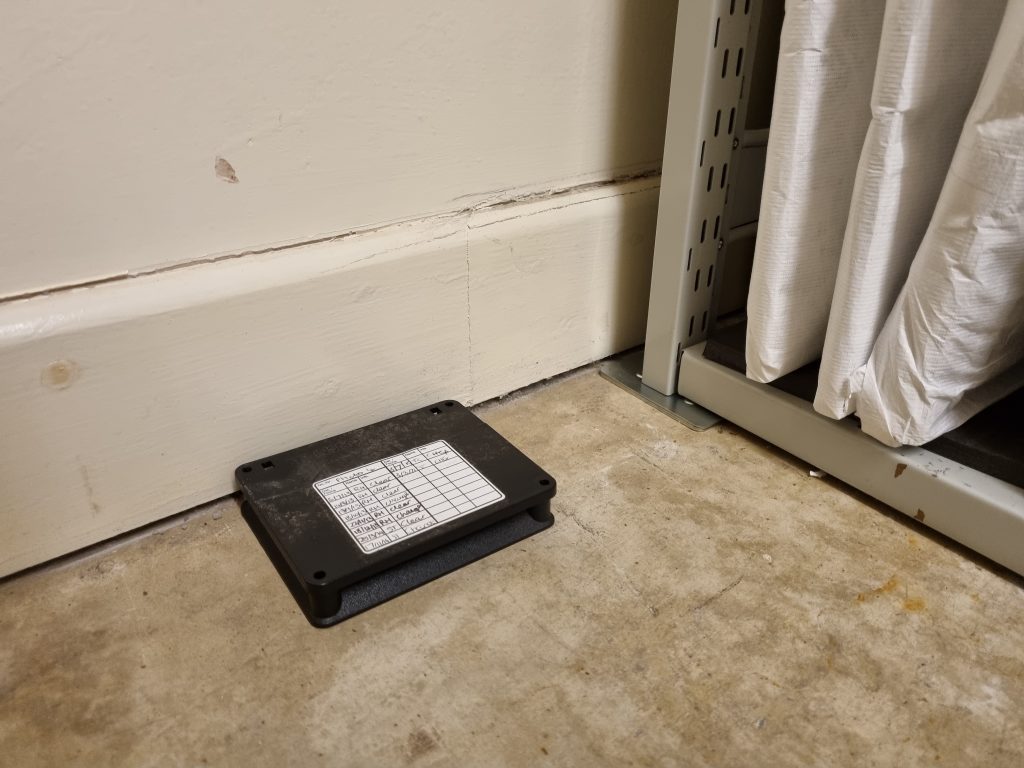
Insect pests can cause significant damage to museum collections. Pests are often attracted to damp, warm and mouldy conditions so museum stores are kept cool and dry. No food may be consumed in stores or galleries as these can also attract pests.
There are different types of museum pests. Booklice, silverfish and carpet beetles can damage paper and textiles, and woodworm attacks wood. Insect traps are used to ensure insect numbers are controlled. Keeping stores and galleries clean and tidy also helps prevent insect infestations.
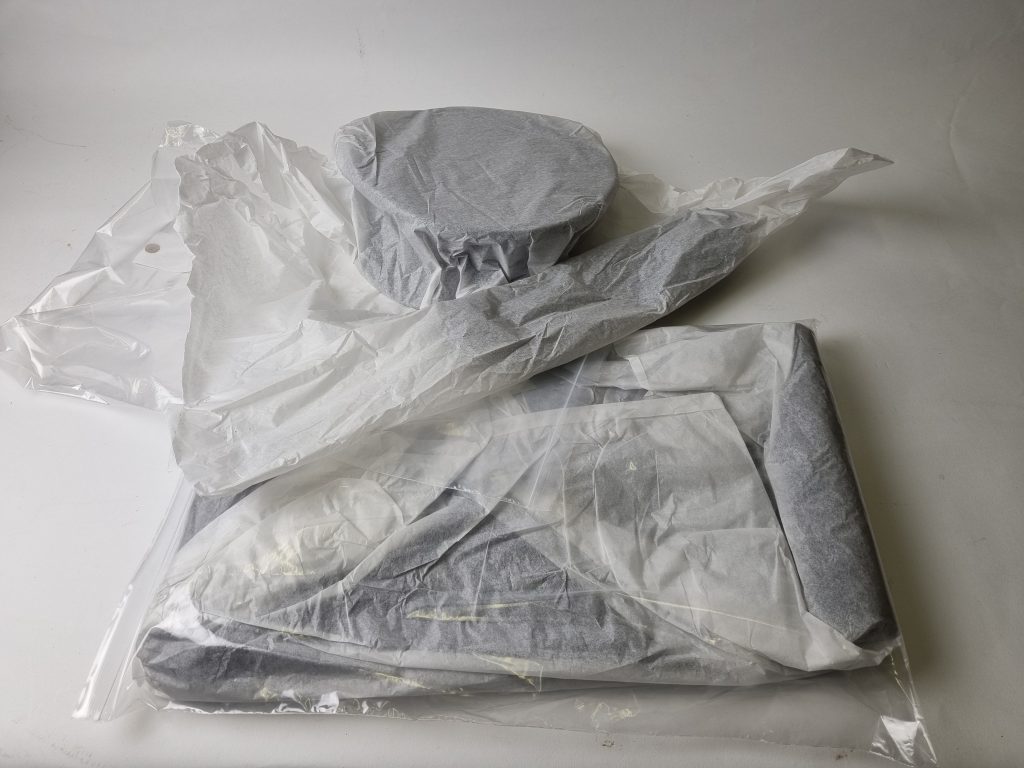
In the Powerhouse there is a conservation lab where the team work on small to medium sized objects. This work includes cleaning, treating objects for active corrosion (i.e. rust), and making small remedial repairs. Freezers can also be used to treat objects that have suspected insect activity and as a preventative quarantine procedure for new donations to the collection.
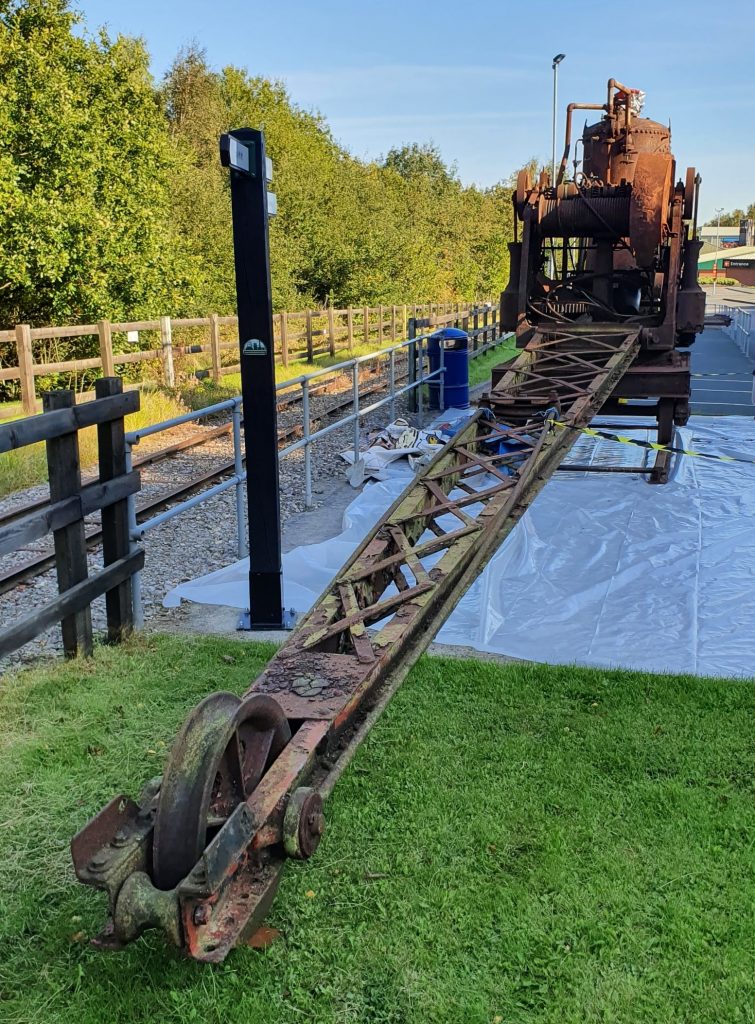
Large conservation projects are carried out undercover in the Museum Compound. In 2021, the Museum received a large grant to help towards the conservation and re-display of objects from the Museum collection. This has allowed the Museum to conserve an Ellistown engine and a Starvationer (mine boat). As these objects are so large, we have worked with specialist companies such as Heritage Project Contracts and York Archaeology to move, sandblast, paint, rebuild and re-display them across our site.
All conservation work requires careful consideration of the final outcome of the work in line with the Museum’s conservation policies, led by the Institute of Conservation’s Ethical Guidance. The Museum aims to conserve objects, where appropriate, to appear as they would on their last shift at a mine. However, the age and history of objects is also considered, and the story that is told through the older layers of paint and even the rust.
Objects such as the steam crane have been treated to protect the bare metal from further corrosion instead of being painted.
Looking forward, the Museum has plans to conserve and re-display many more large objects and machinery. These include a Bretby Bus and the two large fibreglass miner statues at the Museum’s entrance.
